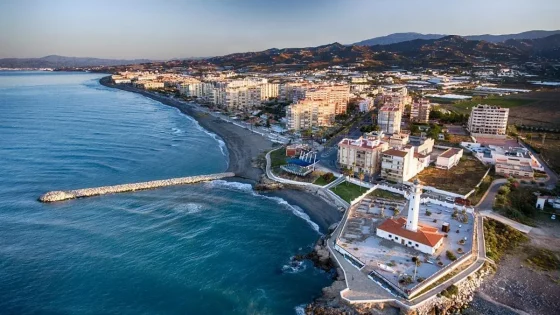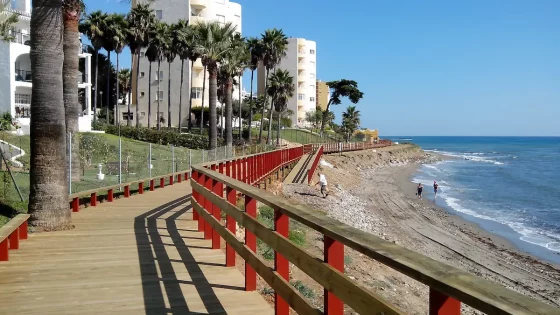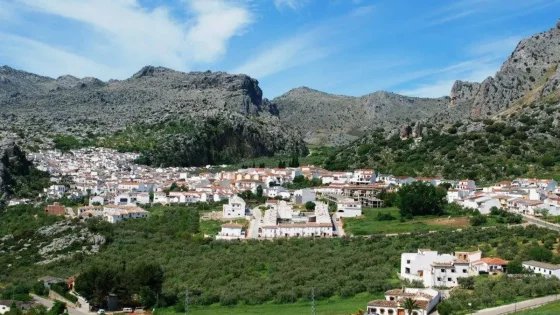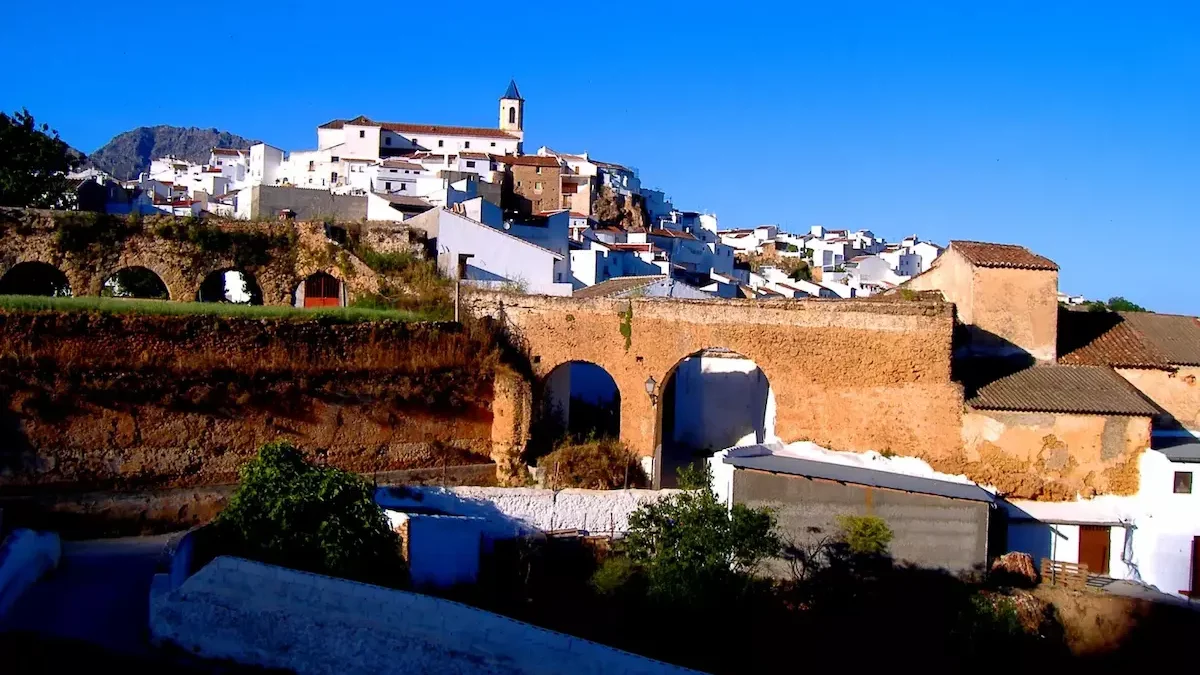
Located west of Malaga, Yunquera is one of the most picturesque corners of the inland villages of the Costa del Sol. At the foot of the Sierra de las Nieves, this charming town surprises visitors year-round with a rich history of cross-cultural influences and a privileged natural setting.
Yunquera is known for its rural tourism, ideal for visiting with friends and experiencing its festivals, gastronomy, and hiking trails. To do so, the best option is to rent a 7-seater car in Malaga to enjoy a worry-free trip with friends or family.
Table of Contents
History of Yunquera
Yunquera is a town with a rich history dating back to ancient times. Over the years, it has experienced the influence of various civilizations, from the Romans to the Arabs. However, its period of greatest growth and development occurred during Arab domination.
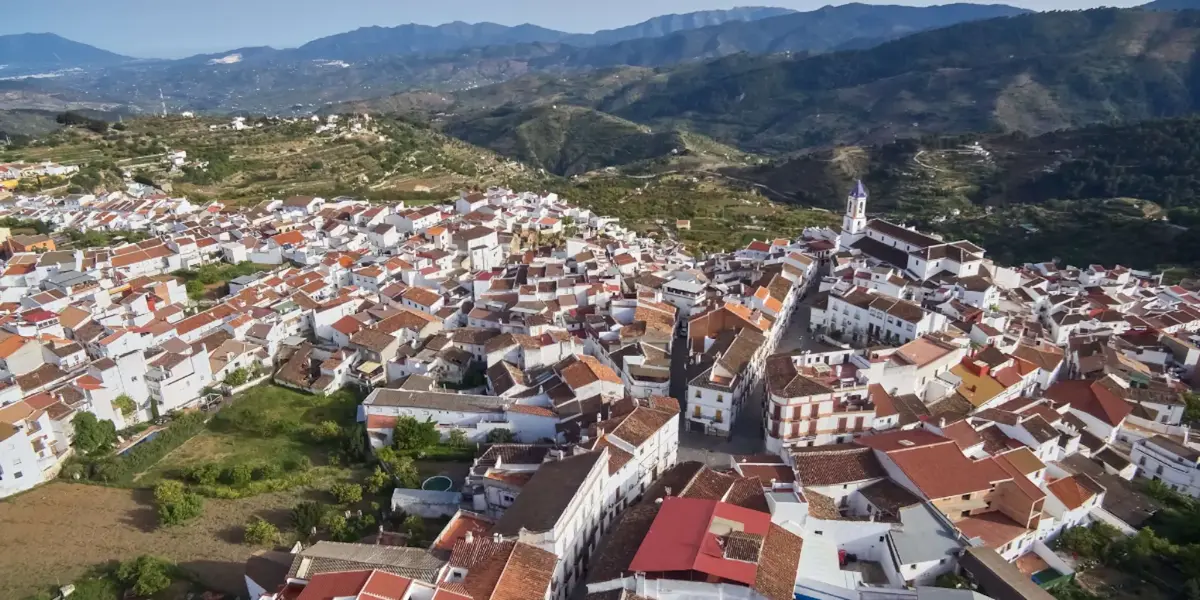
The Romans were the first to leave their mark on this territory, establishing a stable settlement that they named Juncaria, meaning “reed meadow.” Today, the Roman villa of Salduba, dating back to the 1st century AD, is still preserved in the area.
During the Arab era, Yunquera was known as “Izn-Alfaro,” and its inhabitants were mainly engaged in agriculture and wine production. The Arab influence can be seen in the architecture and urban design of the town, with narrow winding streets that retain a medieval charm.
What to See and Do in Yunquera
Yunquera offers a wide variety of experiences for visitors. From historical monuments to stunning natural landscapes, popular festivals, and gastronomic delights, this town has much to discover.
What to See in Yunquera
Church of Our Lady of the Incarnation
Known as the ‘Cathedral of the Serranía’, this church from 1505 is the largest in the entire Sierra de las Nieves region. As visitors arrive in Yunquera, they can spot its blue-tiled dome covering the bell tower.
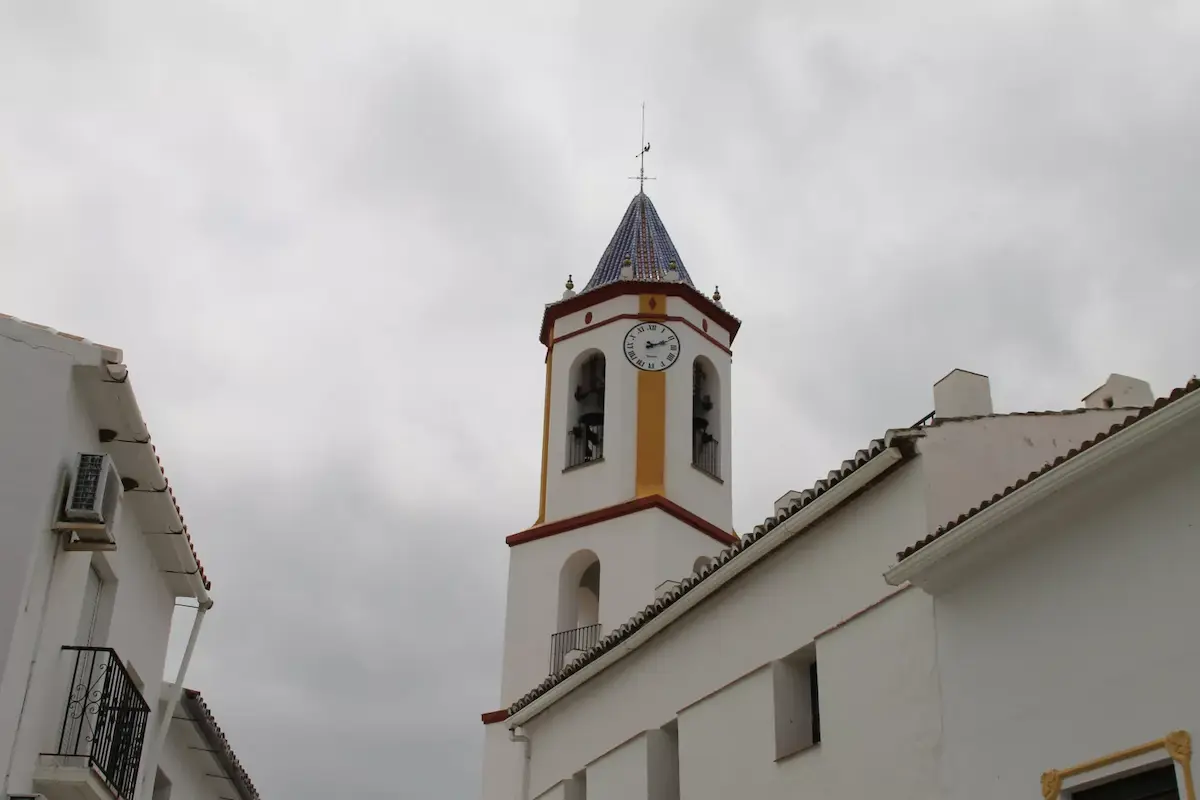
- Opening Hours:
- Tuesdays and Fridays at 6:30 PM
- Saturdays at 6:00 PM
- Sundays at 12:30 PM
- Price: Free
- Location: C/ Iglesia, 12
Francisco Sola House Museum
This manor house is one of the typical constructions from the town’s heyday. Inside, you will find the Visitor Center, as well as a collection of romantic oil paintings. Travelers can also see weapons, documents, books, and curiosities from the former owner of the house.
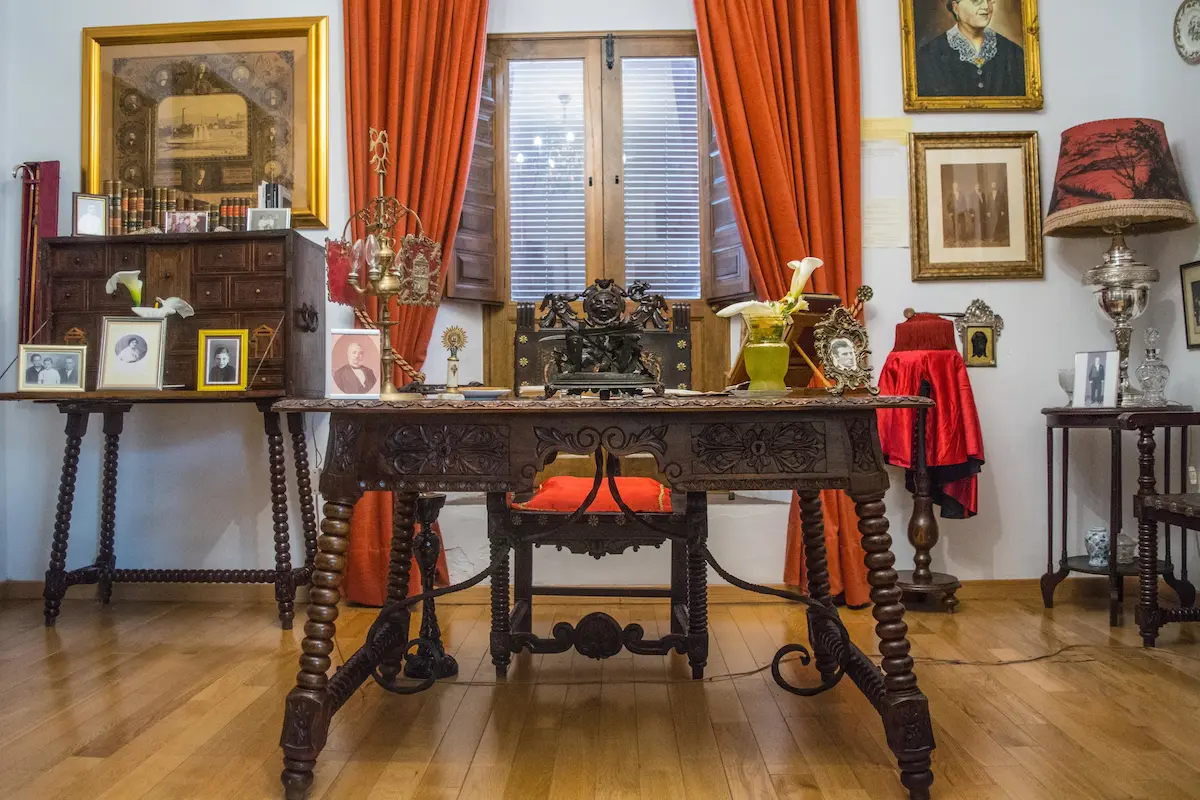
- Opening Hours:
- Saturdays from 10:30 AM to 2:00 PM and from 5:00 PM to 7:00 PM
- Sundays from 10:30 AM to 2:00 PM
- Price: Free
- Location: C/ Calvario, 18
Castle Ruins
From the lower part of the town, you can see the remains of the ancient Arab castle, located where the Parish Church now stands. Yunquera’s history includes Christian settlements like Pereila and Porticote, but with the arrival of Berber troops in the 8th century AD, Yunquera became part of the Kora de Takurunna, with Ronda as its capital.
Although few remains of the castle are left, its strategic location in the upper part of the town and the presence of a defensive wall are part of its history, making it one of the towns that surrendered after Ronda’s surrender but respected the presence of Muslims, along with other towns like Casarabonela or Istán.
- Opening Hours: No specific visiting hours
- Price: Free
- Location: C/ Seminarista Duarte, s/n
Watchtower or Yunquera Castle
Known as Yunquera Castle, although it only has a tower, this cylindrical construction with masonry walls is declared a Cultural Heritage Site of Spanish Historical Heritage. The construction dates back to the 16th century and has been restored. Inside is the Visitor Reception Center of the Sierra de las Nieves Natural Park.
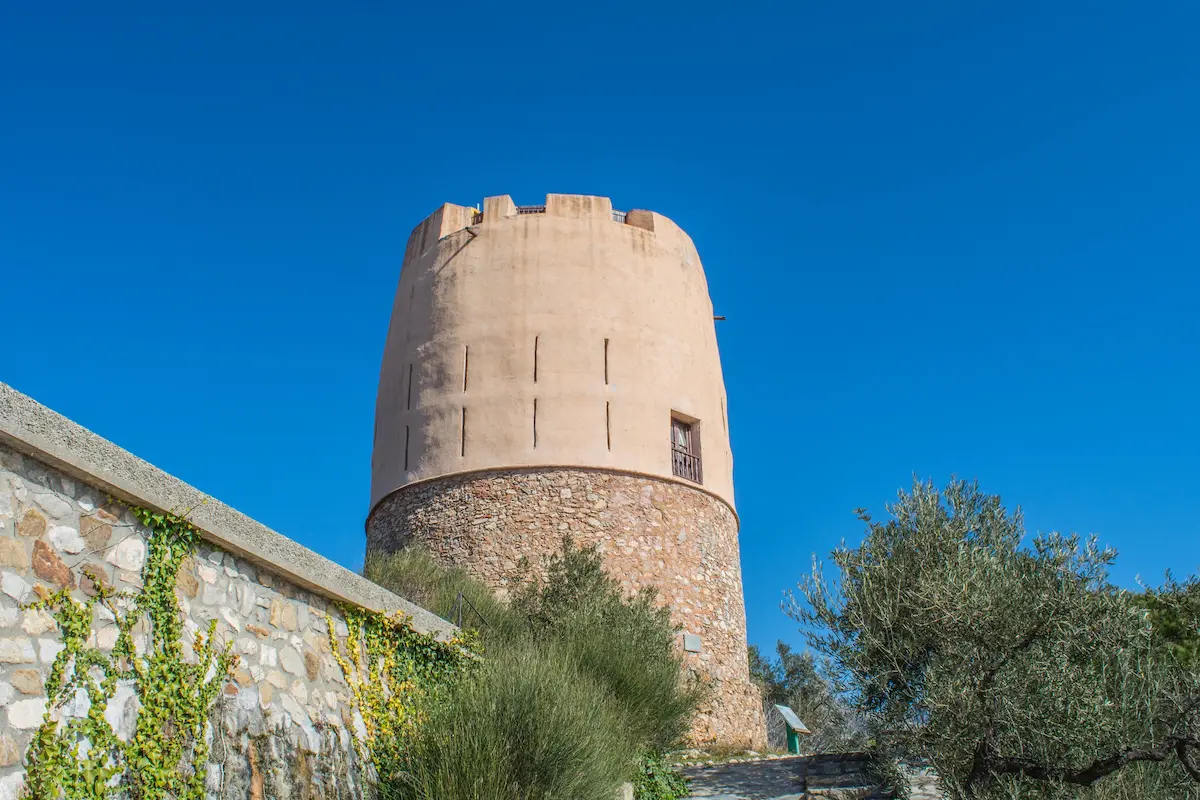
- Opening Hours: No specific visiting hours
- Price: Free
- Location: C/ Castillo, 36
Ducks’ Mill
The Ducks’ Mill is part of Yunquera’s history, where numerous wheat and oil mills supplied the town with basic raw materials. They were distributed throughout the town and were located near waterfalls to use them as a source of energy. This mill is the only one that has been preserved and can be identified by its ancient aqueduct.
- Opening Hours: No specific visiting hours
- Price: Free
- Location: C/ Agua, 109
Moorish Hermitage and Arab Tower
The Moorish Hermitage, just half a kilometer from the town, is one of the last vestiges of the Muslim era. Its door features a crescent moon, and it is speculated that it was connected by a tunnel to the Watchtower at the top of the town.
Although it was believed to have Moorish origins, the current ruins reveal a Christian sanctuary in Baroque style (16th-18th centuries). Furthermore, four kilometers from the town is the Torrecilla, a circular Arab tower that still preserves part of its original cladding.
Yunquera Springs
If there’s one thing that characterizes Yunquera, it’s the presence of several water springs, which is why its streets are populated with fountains. The most famous one is the Fuente del Poyo with three spouts, although El Pilarito, the Agua street pillar, and the Piojo pillar are also notable.
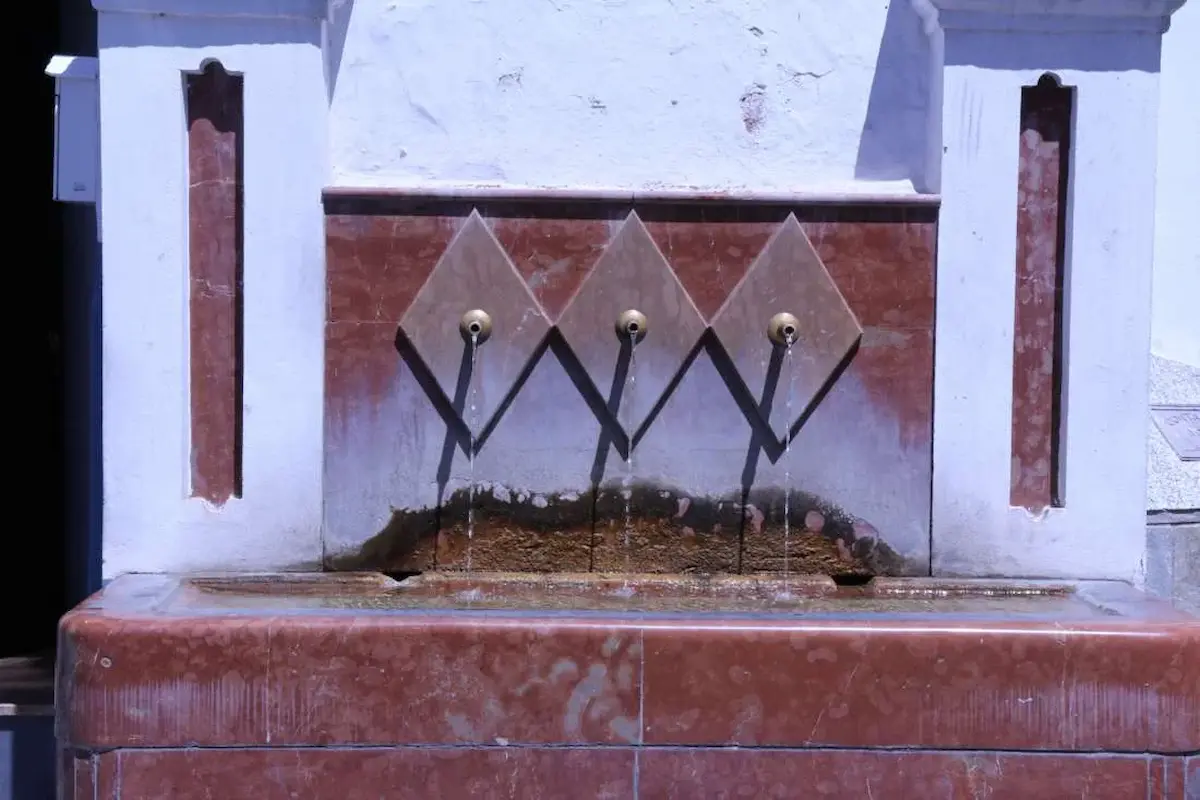
Nature and Hiking
Known as the ‘paradise of the Pinsapo,’ an endangered species, Yunquera boasts a rich natural environment in the Sierra de la Nieves Natural Park, which has been declared a UNESCO Biosphere Reserve and has received an EDEN award for ‘European Destinations of Excellence’ in the Tourism and Intangible Heritage category.
Saucillo Viewpoint – Puerto Bellina Route
For those seeking an easy hiking route in Yunquera with incredible views, this one is most suitable. The route passes through a forest of pinsapo trees, native trees in danger of extinction in the area. At the beginning of the route, you can see an impressive candelabrum pinsapo tree.
This route offers privileged views of the Guadalhorce River valley, the Prieta and Cabrilla mountains, the Hoya de Málaga, and the sea in the background. During the hike, you may come across a restored snow pit and the La Perdiz spring, which flows only when it rains.
Key Information
- Estimated Time: 1 hour 13 minutes
- Kilometers: 6.2 km
- Elevation Gain: 249 meters
- Estimated Location: Puerto del Saucillo
- Difficulty: Easy
Peñón de los Enamorados Route
This trail offers panoramic views of the Cañada de la Violeta, a dense pinsapo vegetation and impressive rock formations. From the Luis Ceballos viewpoint, the path descends towards the Cañada and then to the Puerto de la Perra, surrounded by holm oaks and pinsapos.
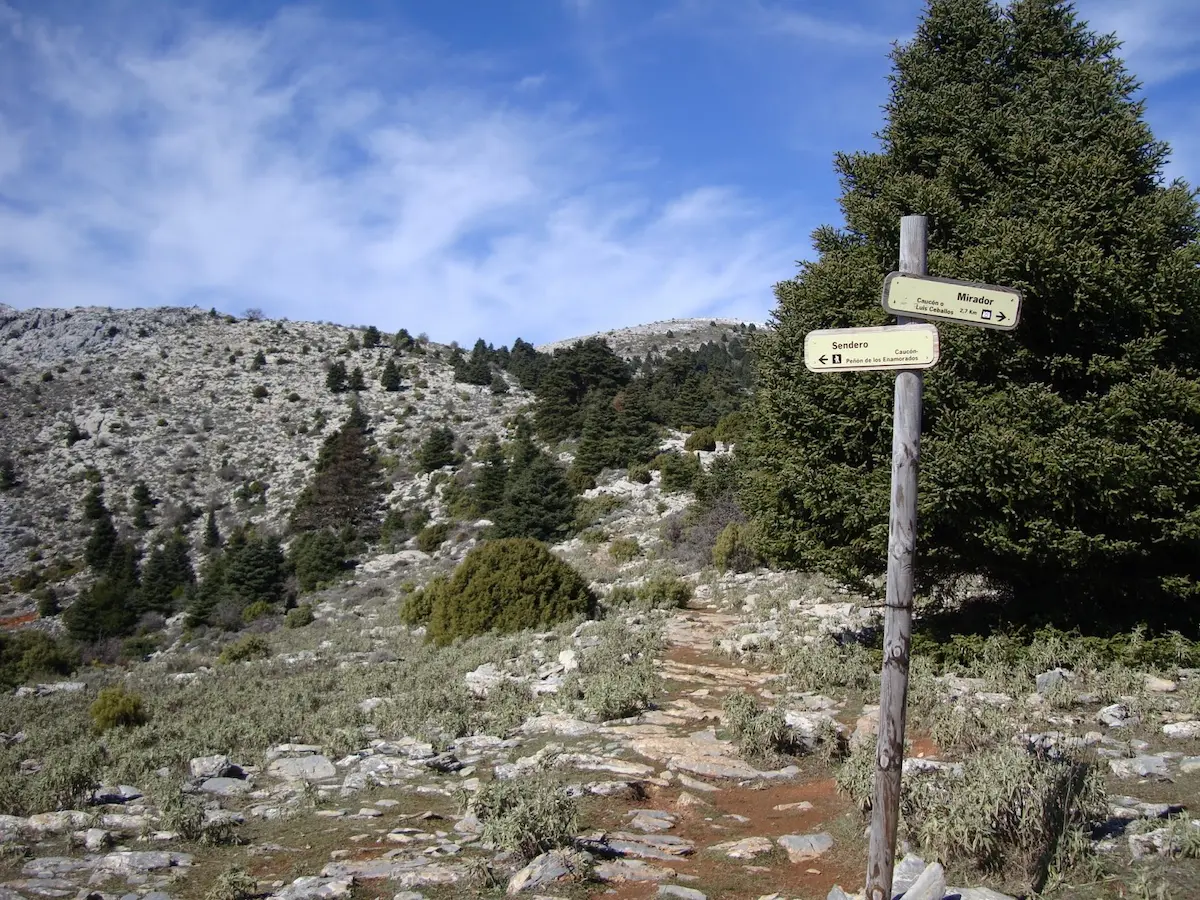
Continuing along the watershed, you will reach the Puerto de la Chaparrera, where you can choose to head to the Torrecilla. Finally, you will arrive at the Peñón de los Enamorados, a destination of great beauty with incredible panoramic views.
Key Information
- Estimated Time: 1 hour 50 minutes
- Kilometers: 4.2 km
- Elevation Gain: 759 meters
- Estimated Location: Cerro del Chaparral – Peñón de los Enamorados
- Difficulty: Moderate
Huarte Farmstead Route
This circular route is one of the most surprising in the area, starting at the Los Sauces Recreational Area and reaching the impressive Cueva del Agua (Water Cave), where you can take unique photographs.
The route is challenging, with sections of dense vegetation, but you can shorten it to avoid the more difficult parts. Along the way, you can enjoy the shade of the pinsapo forests and find several springs to refresh at Algarabeos and Cortijo Huarte.
Key Information
- Estimated Time: 4 hours
- Kilometers: 14.45 km
- Elevation Gain: 687 meters
- Estimated Location: Cerro de la Cruz – Peñón de Ronda
- Difficulty: Moderate to high
Popular Festivals and Gastronomy
Popular festivals in Yunquera are a celebration of local culture, where the history of this town is commemorated, and some of its most typical dishes are enjoyed, filling the streets with music and a festive atmosphere.
Popular Festivals in Yunquera
The main celebrations in Yunquera are its fair in honor of Our Lady of the Rosary and San Sebastián, the wine and chestnut fair, or Yunquera Guerrillera, among other events that take place throughout the year.
Carnival
Just like in other towns, this festivity fills the streets with costumes, music, and parades in February, highlighting the burial of the sardine, an activity that marks the end of this event and involves a procession in which attendees burn the sardine with the fireworks inside until it bursts into flames.
Holy Week
Holy Week in Yunquera is one of the most renowned celebrations in the Sierra de las Nieves region, with its first brotherhoods dating back to 1648. Notable events include the representation of the entry into Jerusalem, the Last Supper on Maundy Thursday with the foot washing, and processions like that of Nuestro Padre Jesús Nazareno.
Yunquera Guerrillera
In June, Yunquera goes back to the 19th century to commemorate the War of Independence. General Ballesteros and his soldiers take the Watchtower to fight against the French. For three days, the inhabitants reenact historical events in period costumes, with markets and activities, offering visitors a journey through time.
Wine and Chestnut Festival
The Wine and Chestnut Fair is a cultural and tourist event that takes place in October and includes activities such as an artisanal craft area, tastings, contests, concerts, and tourist routes. This festival was recognized as a Provincial Tourist Singularity Event.
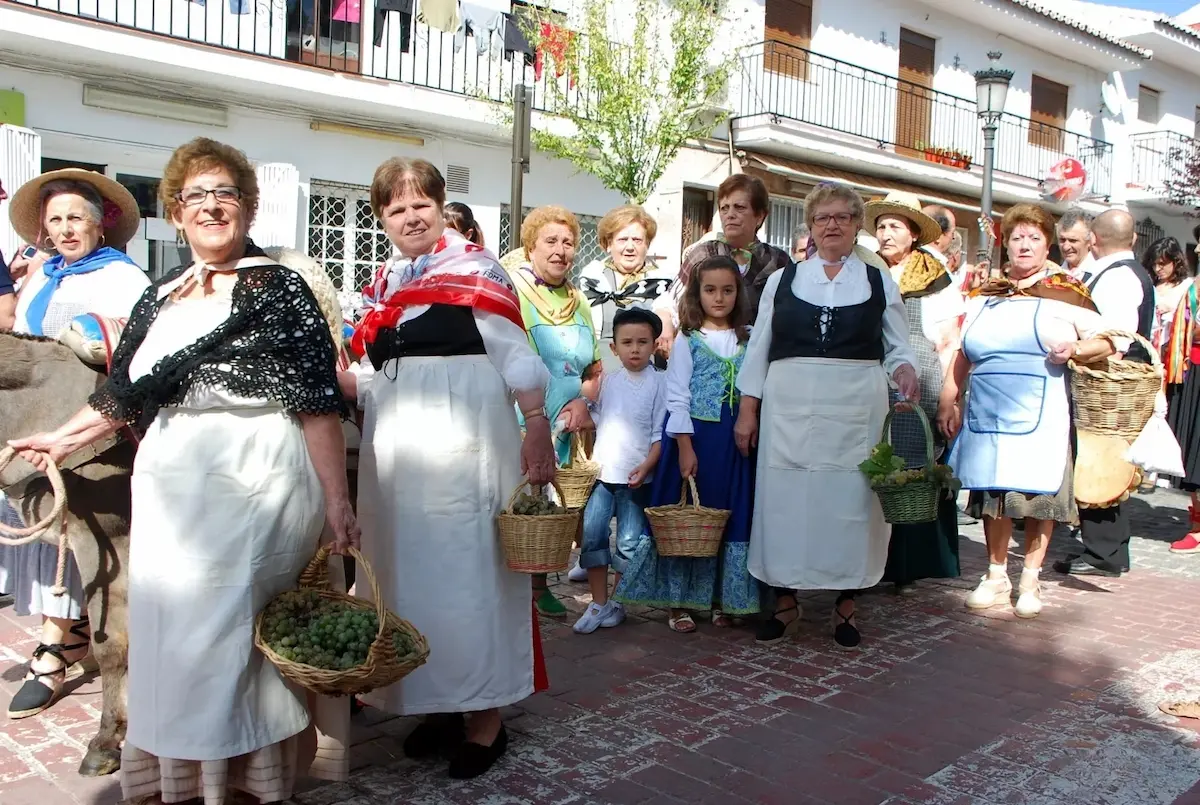
Yunquera Fair
The Yunquera Fair, like in other towns on the Costa del Sol, is one of the most anticipated events for residents and tourists alike. This celebration takes place in October in honor of Our Lady of the Rosary and San Sebastián, the patrons of the town, but also to celebrate the grape harvest.
Notable events include grape stomping in the square where must is traditionally made and the “Rosario de la Aurora” in which local women gather at 7 in the morning to pray and enjoy rolls with chocolate. This festival allows visitors to taste some of the typical dishes in local inns and taverns with a glass of must.
Typical Dishes of Yunquera
If there’s one thing that characterizes Yunquera, it’s its most typical dishes, linked to its agricultural tradition that offers products such as wine, avocado, almond, chestnut, or orange. Meats like goat, pork, or rabbit are also prominent.
Among its most typical and lesser-known dishes in other parts of the country, the malcocinado stands out, a dish made with chickpeas, bacon, chorizo, blood sausage, and tripe, ideal for warming up in winter.
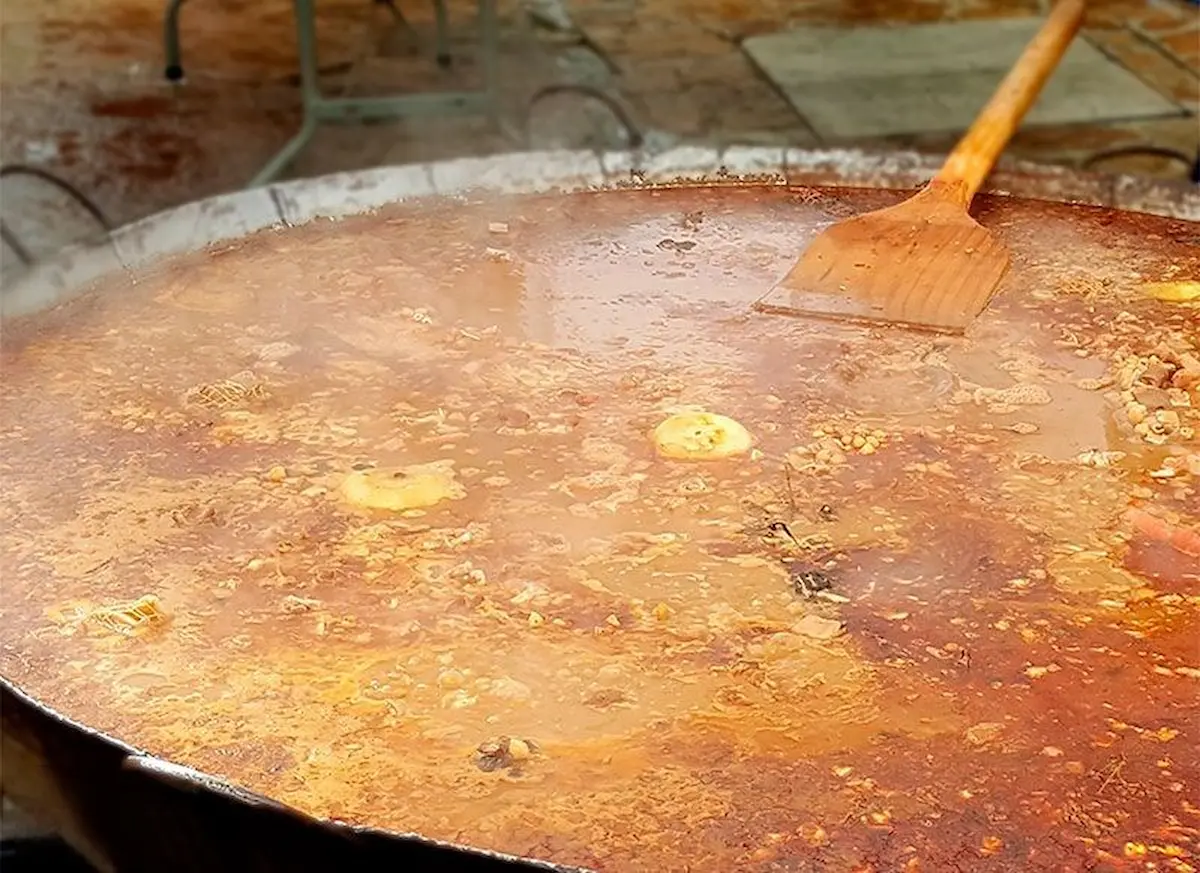
Other well-known dishes include piriñaca, cabbage stew, garlic rabbit, or goat stew. In terms of desserts, visitors must try the buñuelos (fritters) and empanadillas (small turnovers) filled with angel hair.
How to Get to Yunquera
To get to Yunquera and enjoy everything this charming town has to offer, you can take different routes from Malaga, the capital of the province. Along the way, you’ll find other charming villages like Alozaina, Zalea, or Pizarra.
How to Get There by Public Transport
If you want to stay in Malaga and visit Yunquera, this is a town that can be visited in a day. To do this, you can take a bus from the capital’s bus station, which runs the route three times a day at 08:00 am, 02:00 pm, and 05:00 pm.
The journey is operated by Sierra de las Nieves bus company and has an estimated duration of one and a half hours, with an average price of 7 euros per trip.
How to Get There by Car
Traveling in your own vehicle is one of the fastest and most effective options for visiting Yunquera, as it allows you to adjust your schedule and visit some points farther from the heart of the municipality, such as the Watchtower or the Moorish Hermitage.
The car journey has an approximate duration of one hour, and the directions to get there are as follows:
- Exit Malaga via Avenida de Andalucía and continue straight on Avenida de Blas Infante.
- Continue on A-357 following signs for Hospital Clínico/Parque Tecnológico/ AP-46/Córdoba/Granada/Sevilla.
- Turn left onto A-354 in the direction of Alozaina/Yunquera.
- At the roundabout, take the first exit onto A-366 towards El Burgo/Yunquera/Ronda.
Along the way, before reaching Yunquera, you can find some viewpoints with panoramic views where you can stop to stretch your legs, such as the Mirador de Jorox.
Map of Yunquera
Excited to start exploring this town in the Sierra de las Nieves? Yunquera has a lot to offer its visitors, and the following map shows some of the main points of interest so you don’t miss anything.

